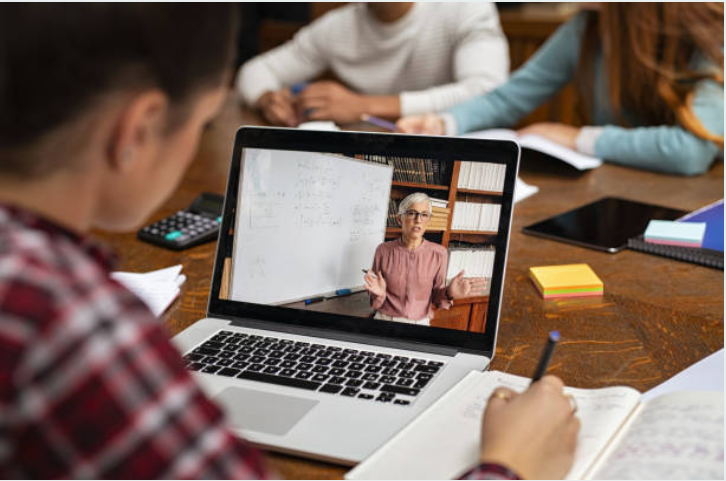
Courtesy of Ridofranz for Getty Images
Students across New York City have been impacted by the quarantine period as their views of their education and productivity levels have changed.
With new guidelines requiring remote learning and the use of online resources, students’ abilities to focus on their schoolwork under these circumstances varied widely. This includes students that may have at-home distractions or students that do not have access to remote learning.
“For people who do not have the ability to block out distractions, distance learning acts as a much more difficult type of learning as it takes much more time for the student to get back on track,” said Sebastian Oliva, a rising sophomore at Quest to Learn High School in Manhattan.
Virtual learning has limited access to resources that students would have on-campus. Some of these resources include office hours, extracurriculars, afterschool programs and much more.
“My school was not prepared for remote learning. There were fewer resources, making it [harder] for me to learn,” said Isaiah Caines, a sophomore at Art and Design High School in Manhattan.
“On-campus learning allows a variety of opportunities to do something different with your education. However, with Zoom there are less ways to explore learning. On-campus you can understand it better because you are doing the activity, and you are learning at the same time. However, Zoom only allows you to listen to the other person telling you what to learn,” Oliva said.
Productivity and motivation were among the few things that changed for students during the pandemic. Caines said, “Virtual learning decreased my motivation as I wasn’t learning anything.”
On the other hand, although Oliva agreed that the pandemic has made him feel less productive, he also believes that it has allowed him to “reflect as a person.”
Remote learning has posed some learning challenges. For Caines, he prefers someone to visually walk him through the process of completing a task. However, having classes online may suit the learning styles of other students. Oliva in particular describes himself as an auditory learner and likes listening to someone explain an idea or topic.
Caines mentioned that using social media has allowed him to connect with friends and family despite all the social guidelines and stay-at-home orders. Oliva agreed that technology has been a way to cope with the pandemic by offering entertainment, access to education and virtual communication with friends and family.
Prior to the stay-at-home orders, Isaiah noted some students only went to school on-campus because they could socialize with their friends. Caines said, “They go back to be with their friends and to not be stuck at home.”
While rising seniors were unable to attend on-campus tours and in-person interviews, it gave them more time to study for exams and review test materials.
“Since lockdown, it has allowed me to be more functional for the college application process, and since more schools are testing, it’s allowed for me to [practice] the test and be more prepared,” said Sebastian Oliva’s brother, Daniel Oliva, a rising senior at Brooklyn Technical High School.
Caines said, “Students and teachers will both adapt to more online resources to prepare for another pandemic, if it were to ever come again … The future can only hold the possibility that we might not ever see schools the same.”
The New York City Department of Education is planning on reopening schools with the option of on-campus or remote instruction as long as the infection rate remains under 3 percent.






